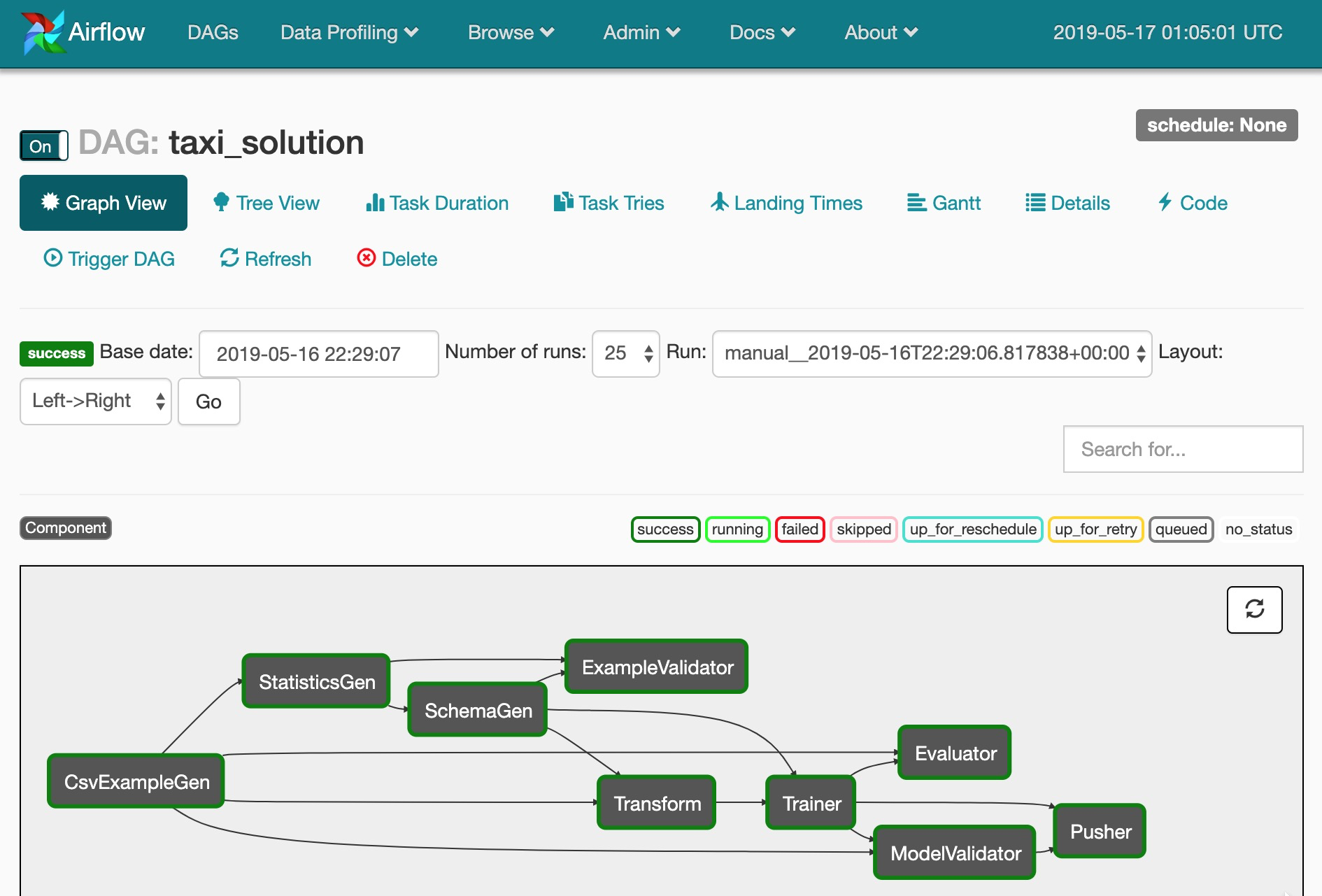

Plugins at the start of each Airflow process to override the default setting. To check for changes in the number of objects at a specific prefix in an Amazon S3 bucket and waits until the inactivity period has passed with no increase in the number of objects you can use S3KeysUnchangedSensor. If you're using custom plugins in Apache Airflow v2, you must add core.lazy_load_plugins : False as an Apache Airflow configuration option to load Using configuration options to load plugins in Apache Airflow v2īy default in Apache Airflow v2, plugins are configured to be "lazily" loaded using the core.lazy_load_plugins : True setting. While we don't expose the airflow.cfg in the Apache Airflow UI of an Amazon MWAA environment, you can change the Apache Airflow configuration options directly on the Amazon MWAA console and continue using all other settings in airflow.cfg. If you're using a setting of the same name in airflow.cfg, the options you specify on the Amazon MWAA console override the values in airflow.cfg. When you create an environment, Amazon MWAA attaches the configuration settings you specify on the Amazon MWAA console in Airflow configuration options as environment variables to the AWS Fargate container for your environment. For more information, see Apache Airflow access modes.Īmazon S3 configuration - The Amazon S3 bucket used to store your DAGs, custom plugins in plugins.zip,Īnd Python dependencies in requirements.txt must be configured with Public Access Blocked and Versioning Enabled.
#Airflow aws install
In addition, your Amazon MWAA environment must be permitted by your execution role to access the AWS resources used by your environment.Īccess - If you require access to public repositories to install dependencies directly on the web server, your environment must be configured with Permissions - Your AWS account must have been granted access by your administrator to the AmazonMWAAFullConsoleAccessĪccess control policy for your environment. A key benefit of Airflow is its open extensibility through plugins which allows you to create tasks that interact with AWS or on-premise resources required for your workflows including AWS Batch, Amazon CloudWatch, Amazon DynamoDB, AWS DataSync, Amazon Elastic Container Service (Amazon ECS) and AWS Fargate, Amazon Elastic Kubernetes Service.


 0 kommentar(er)
0 kommentar(er)
